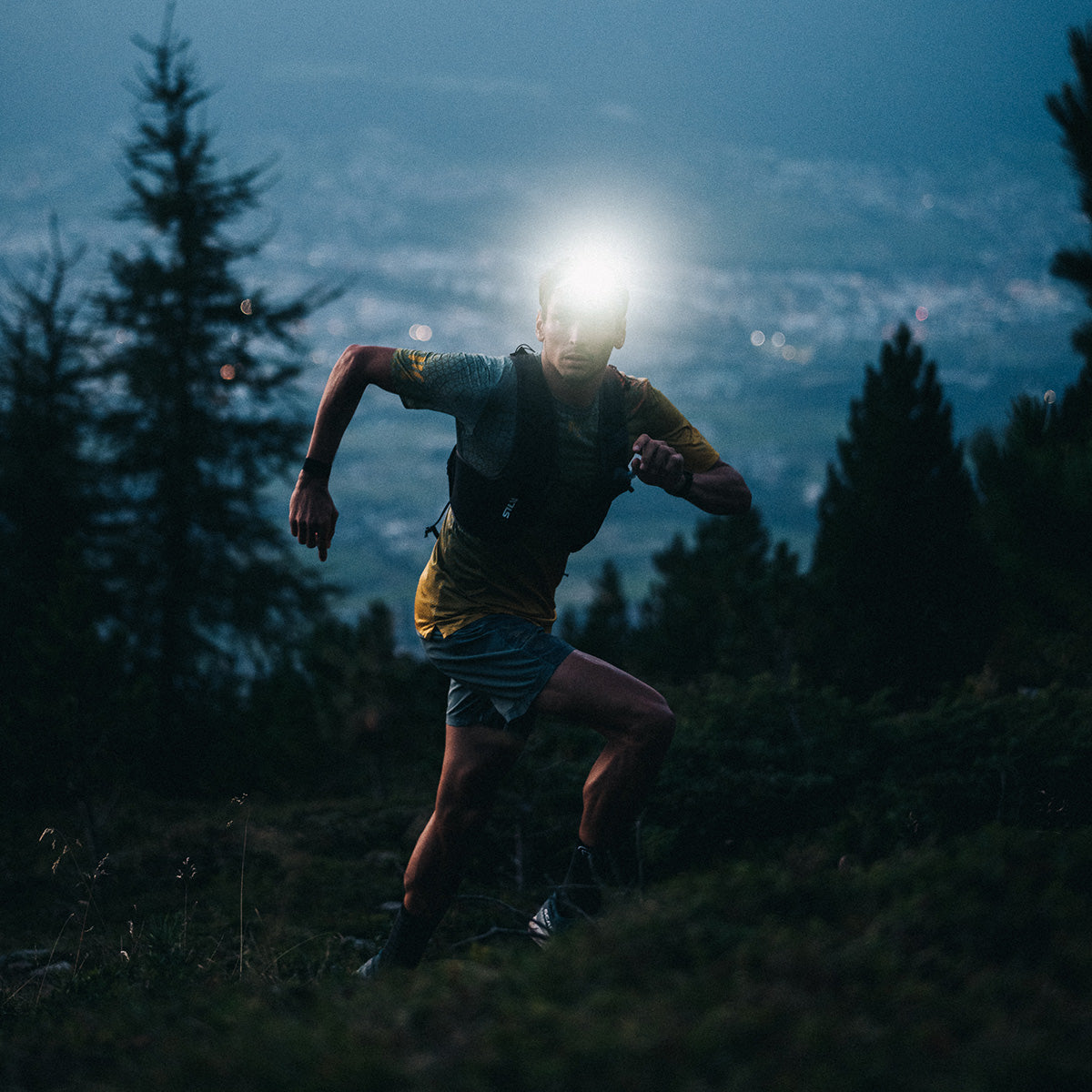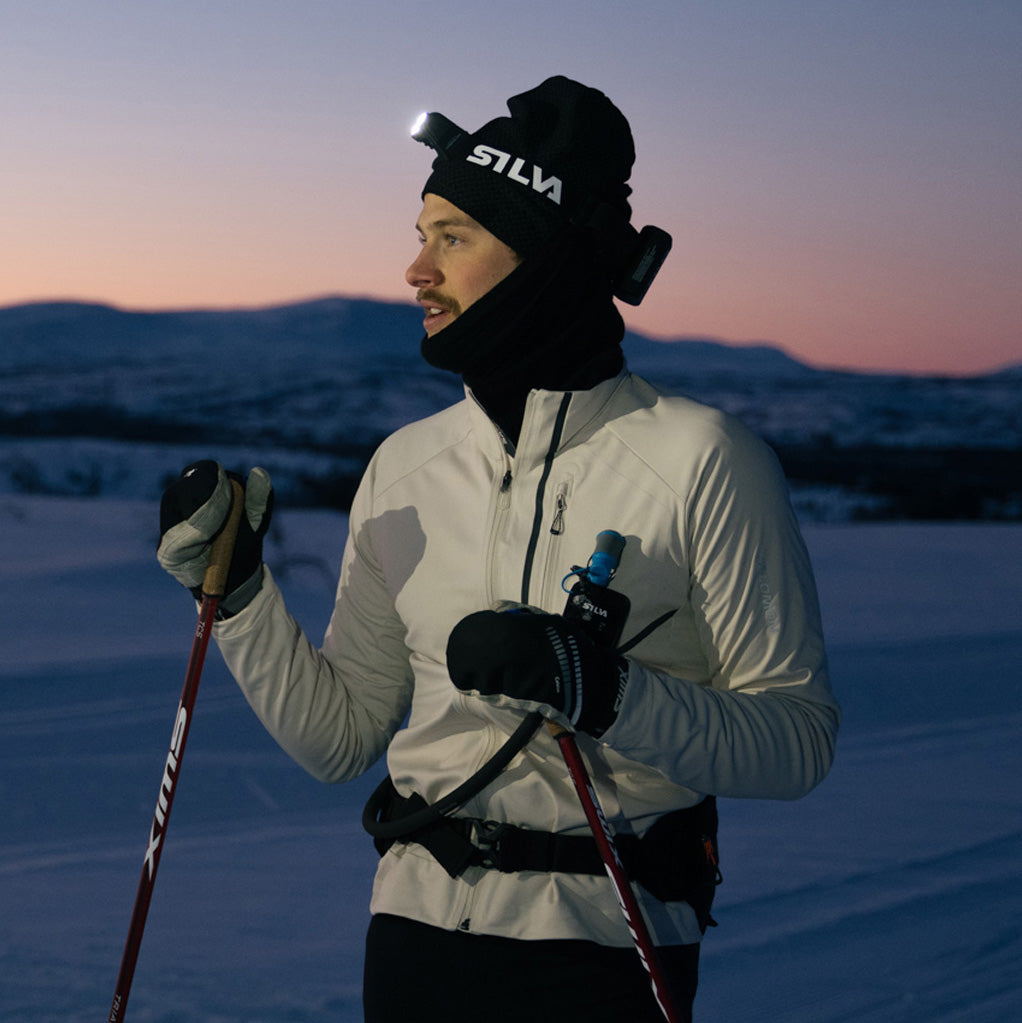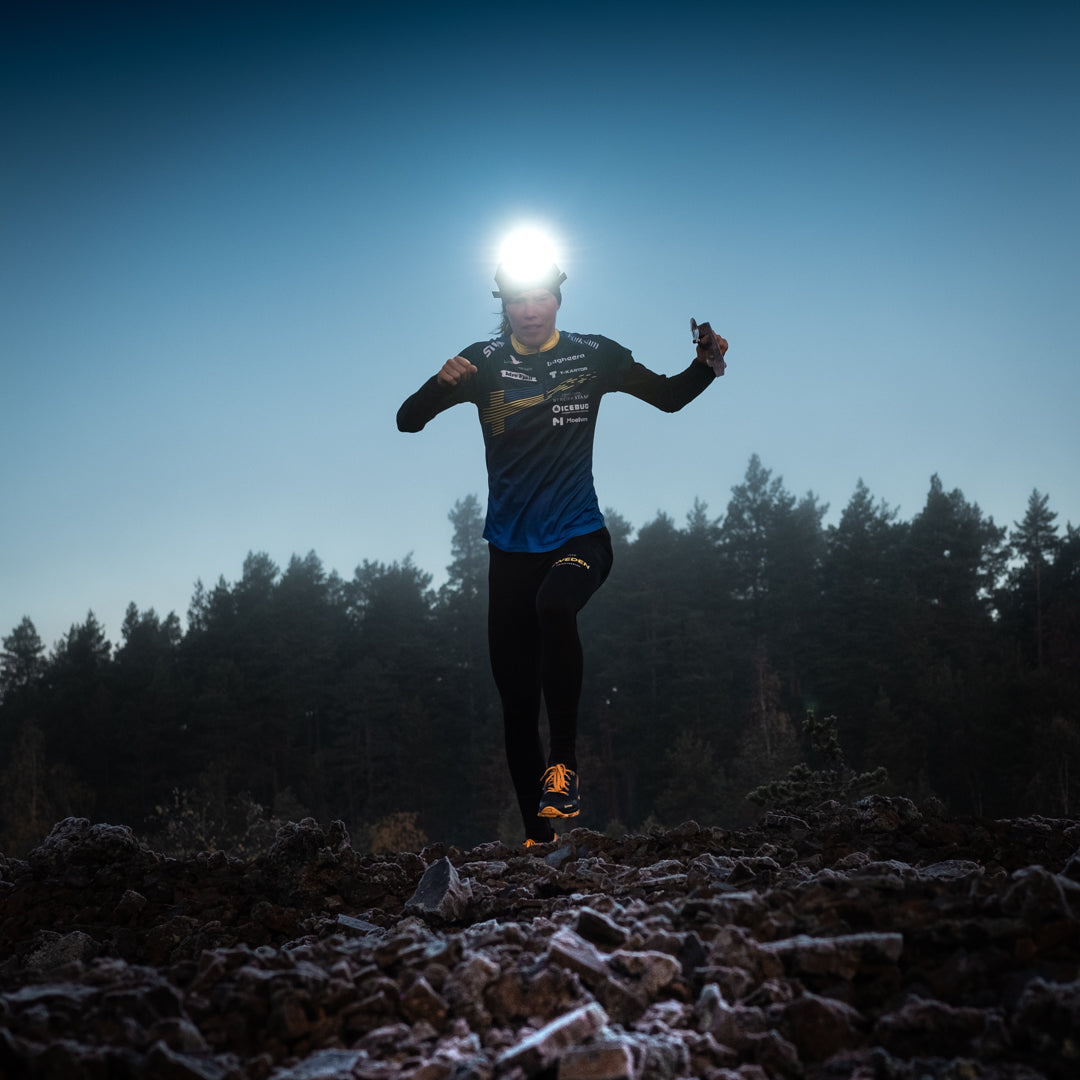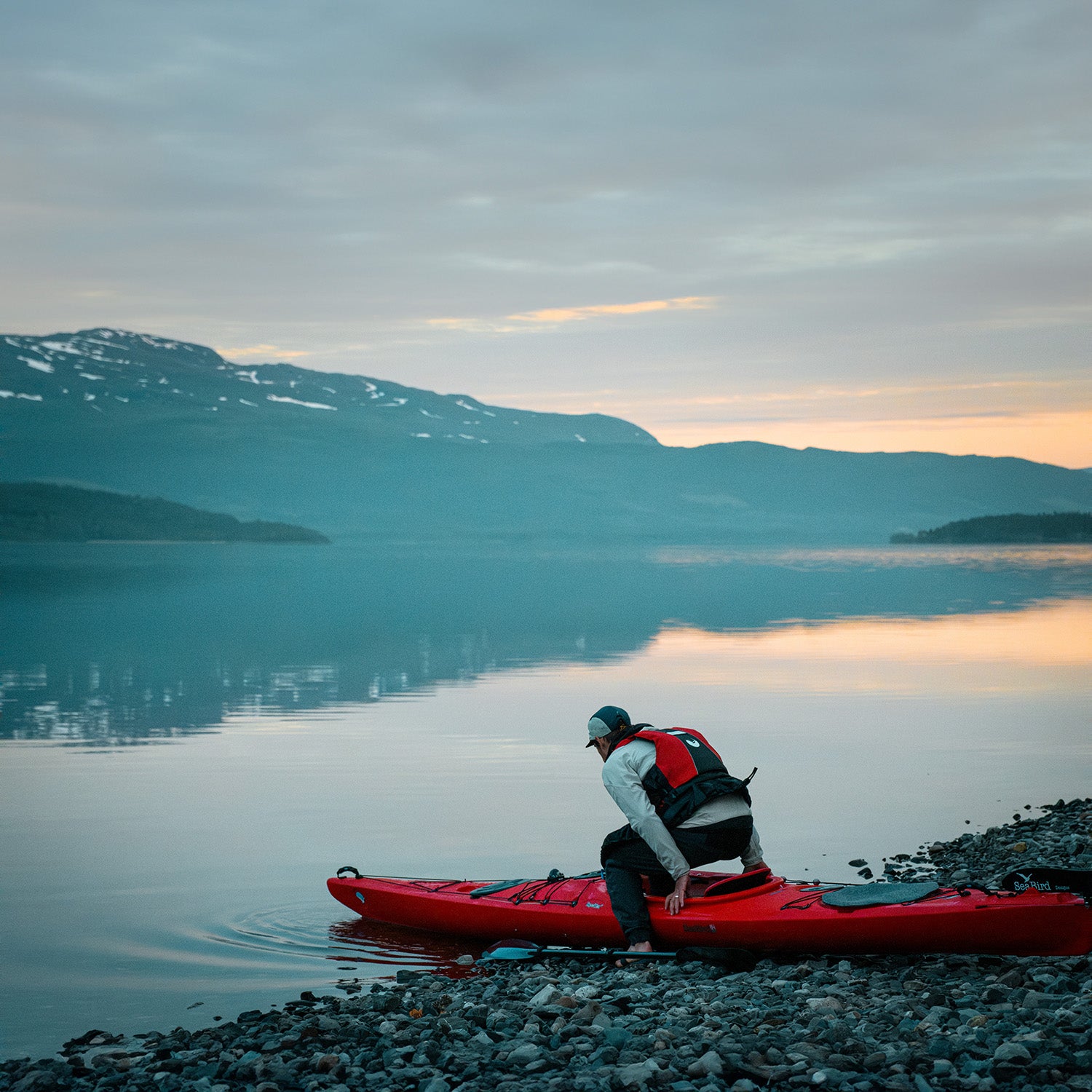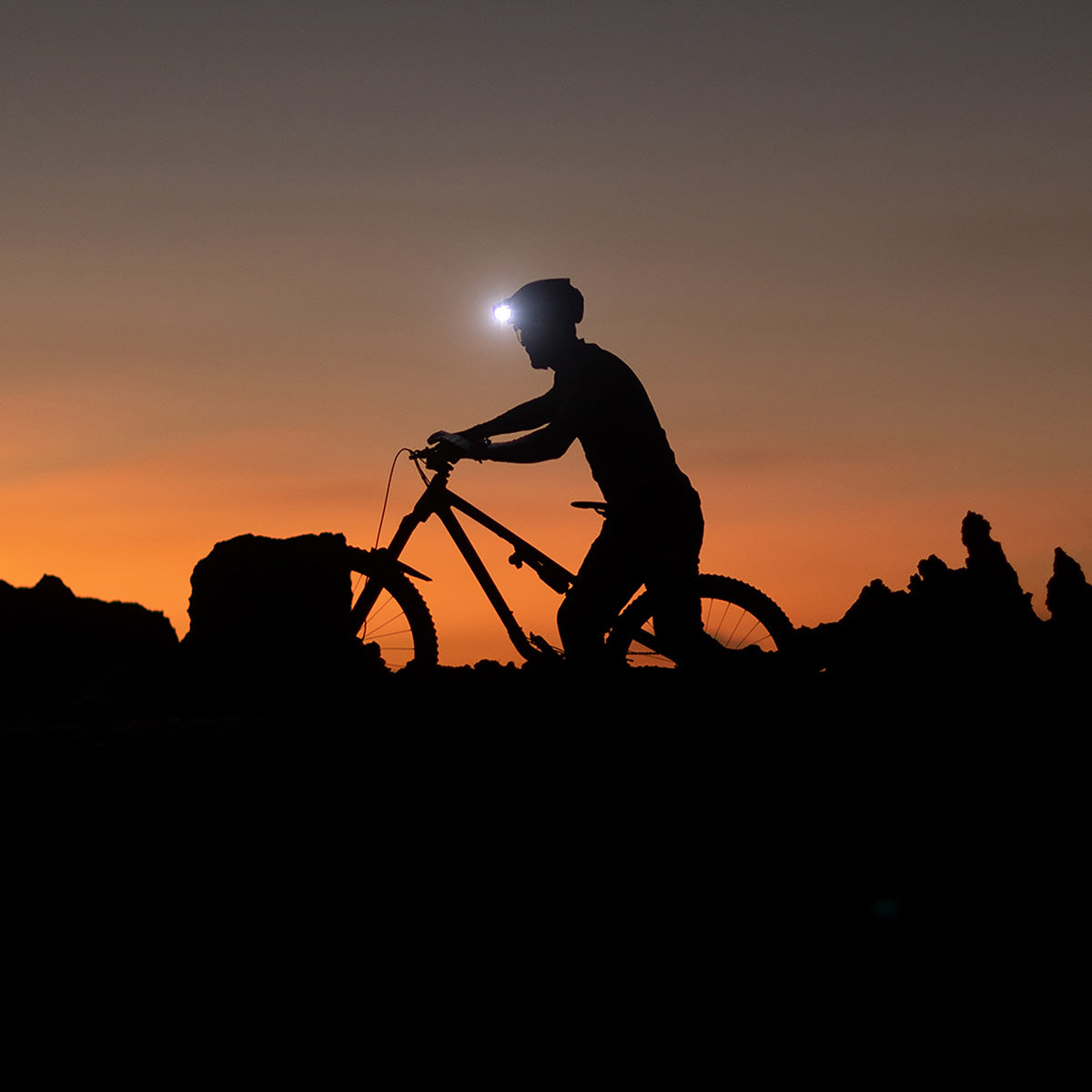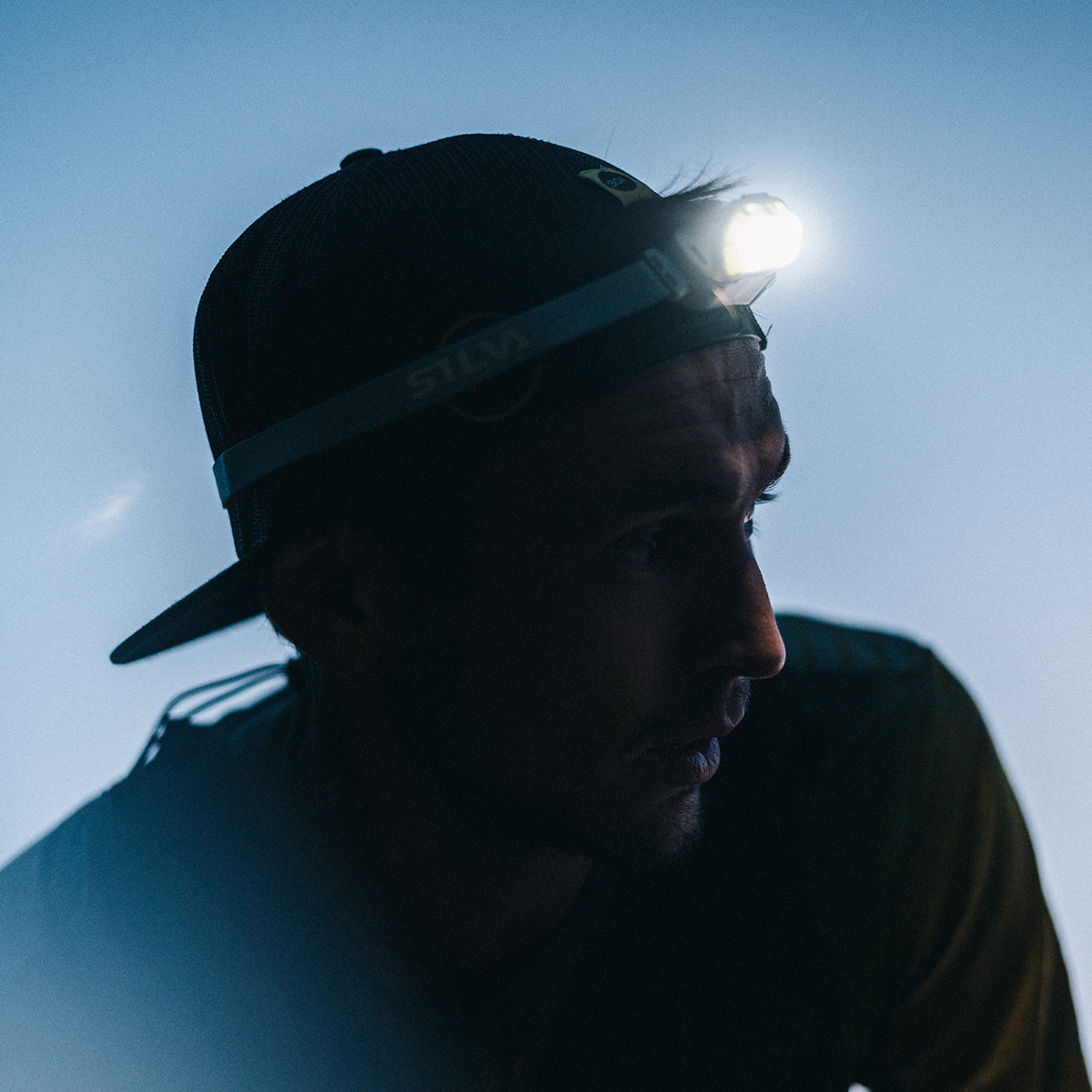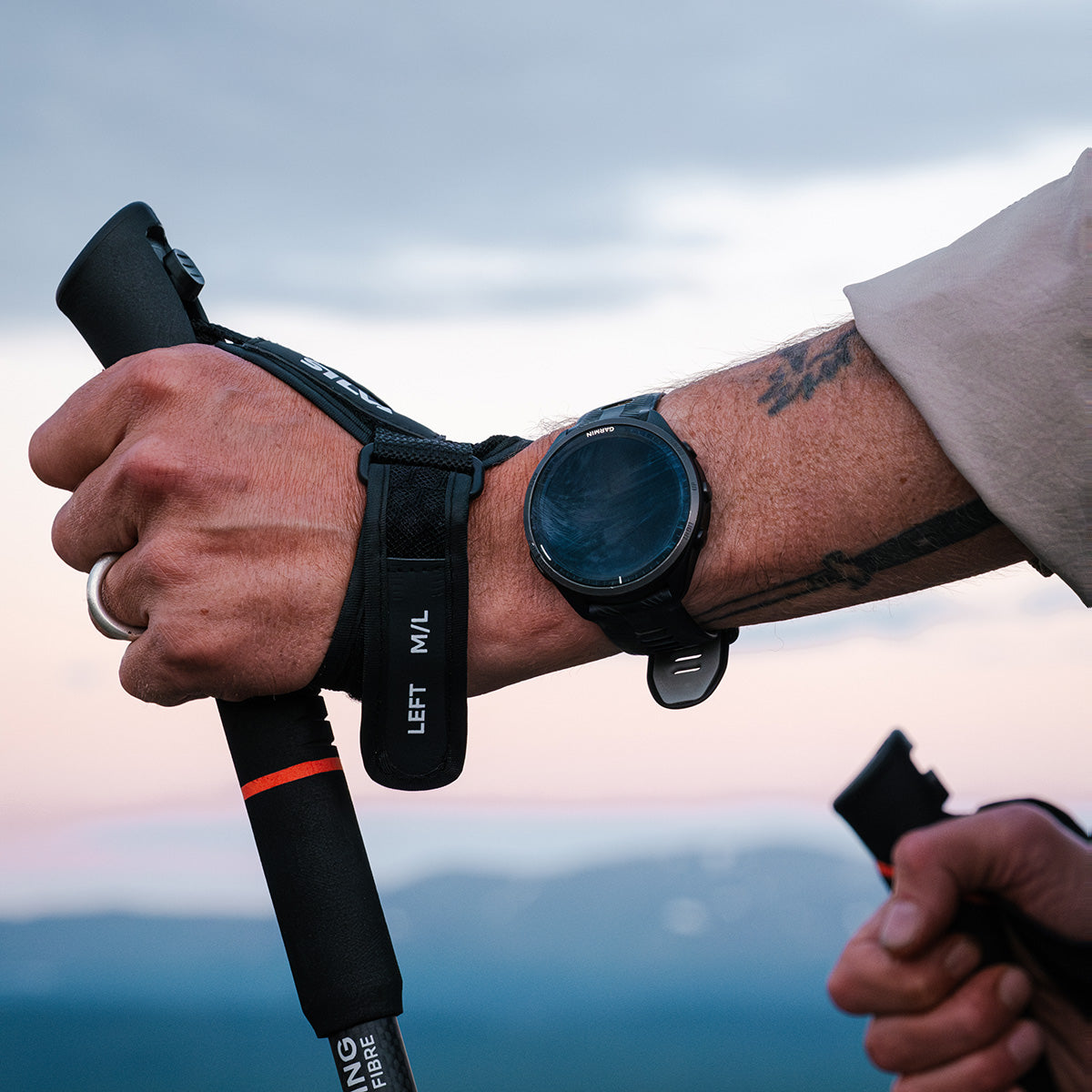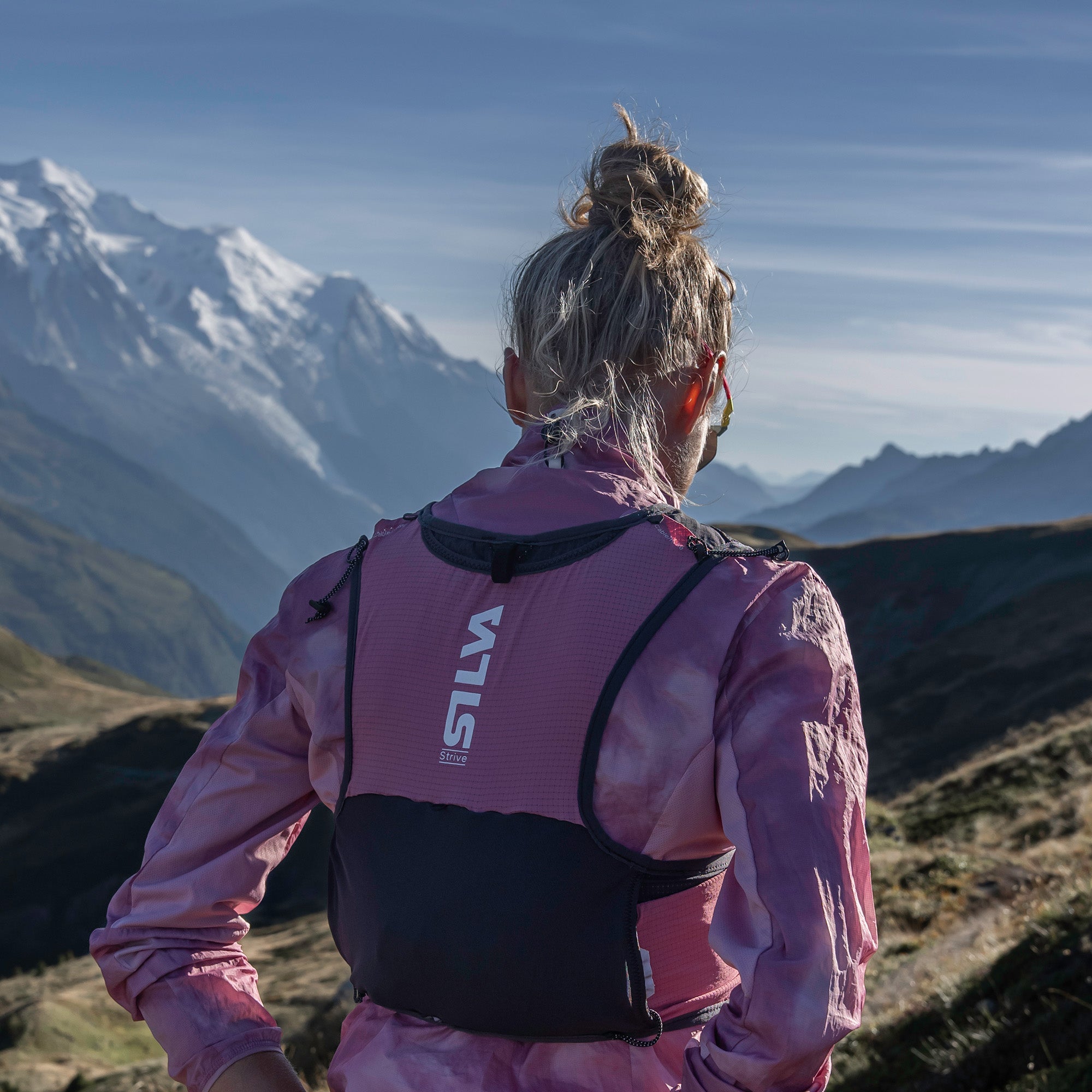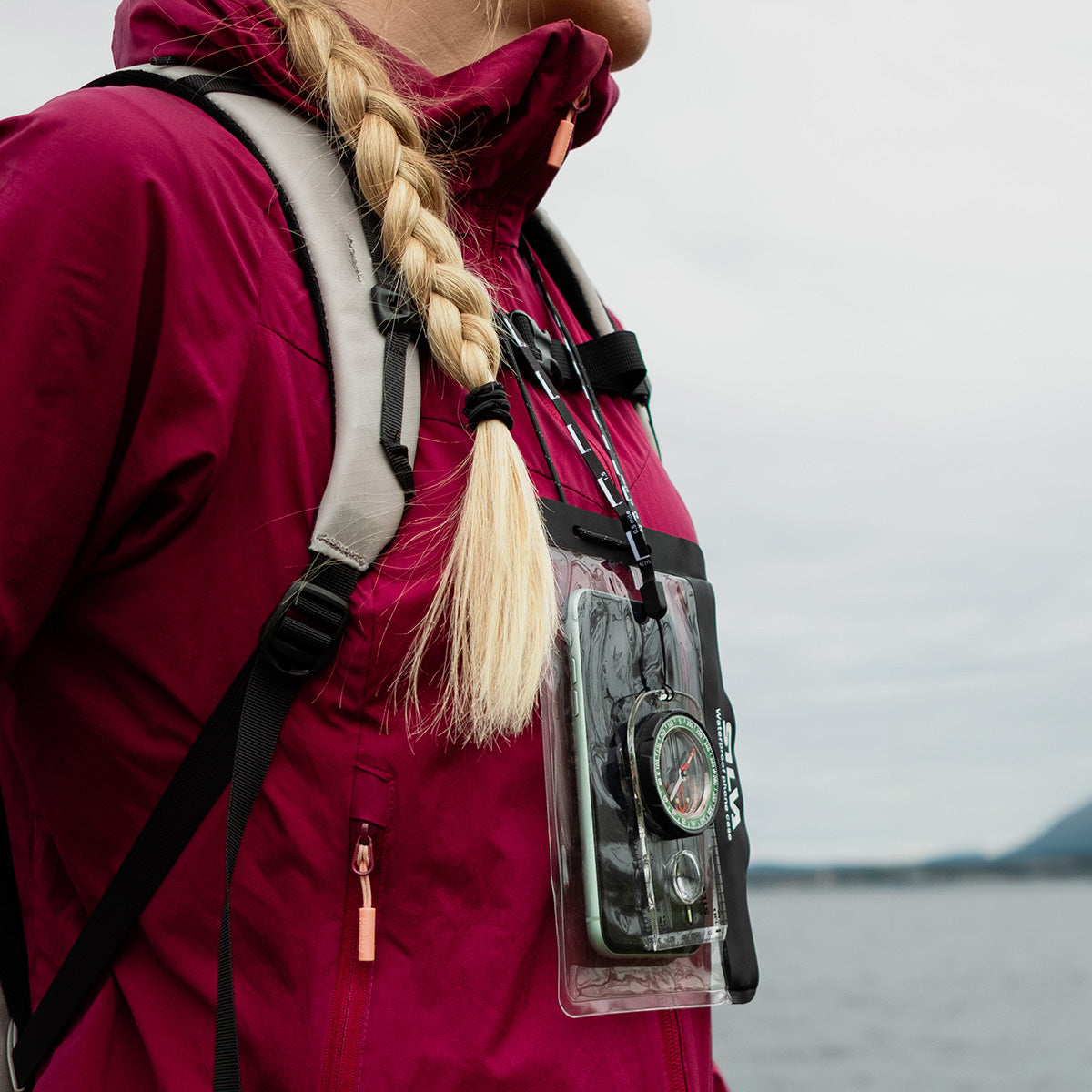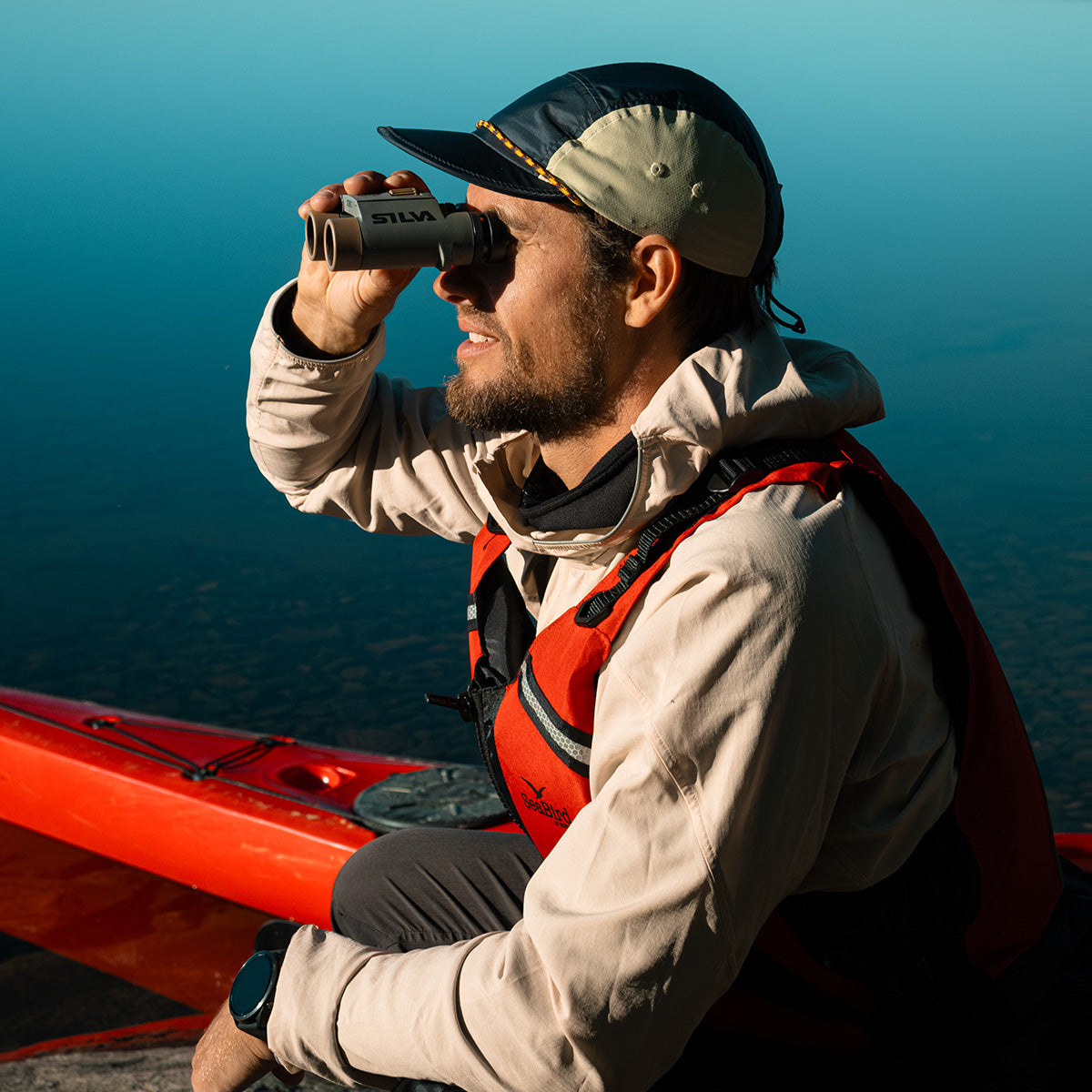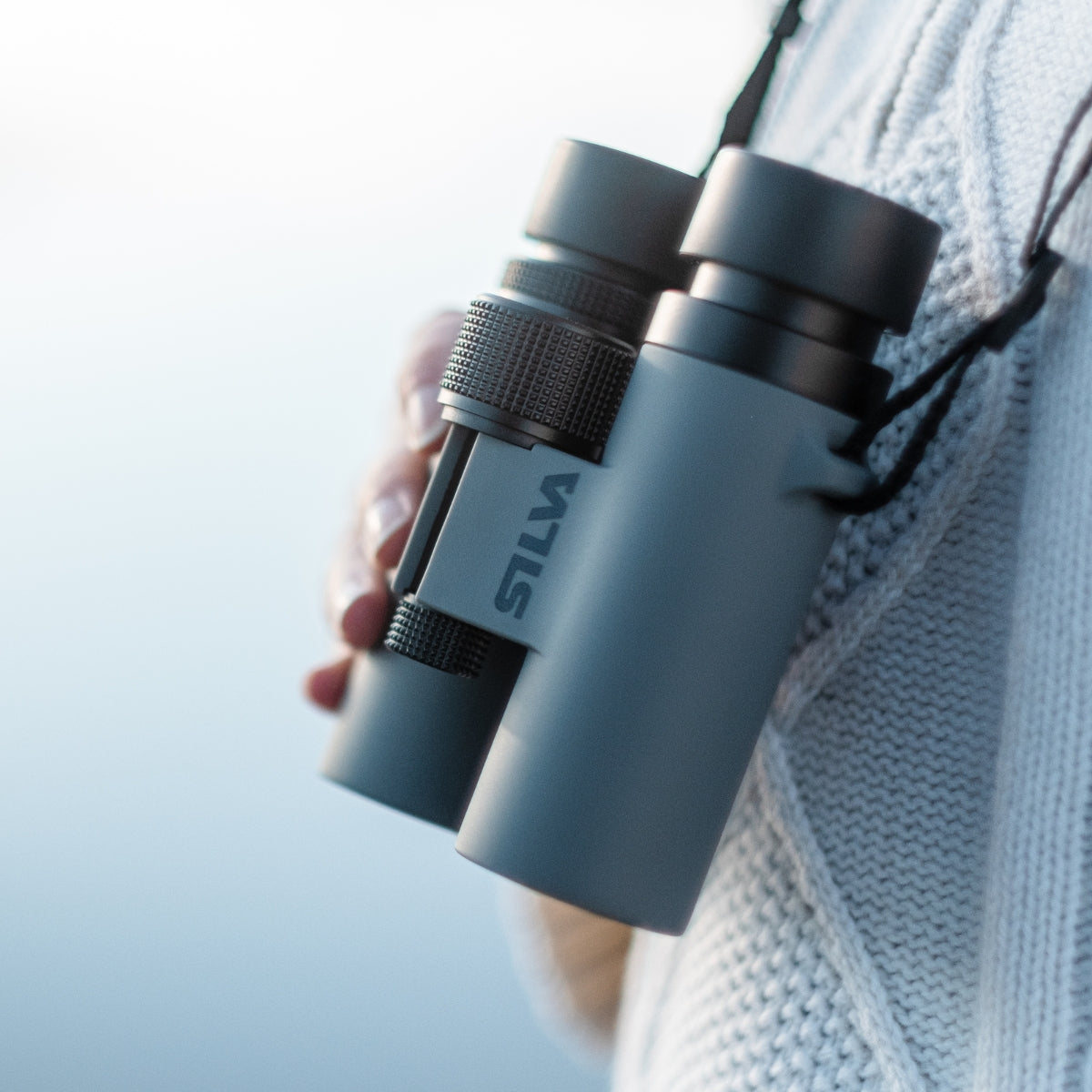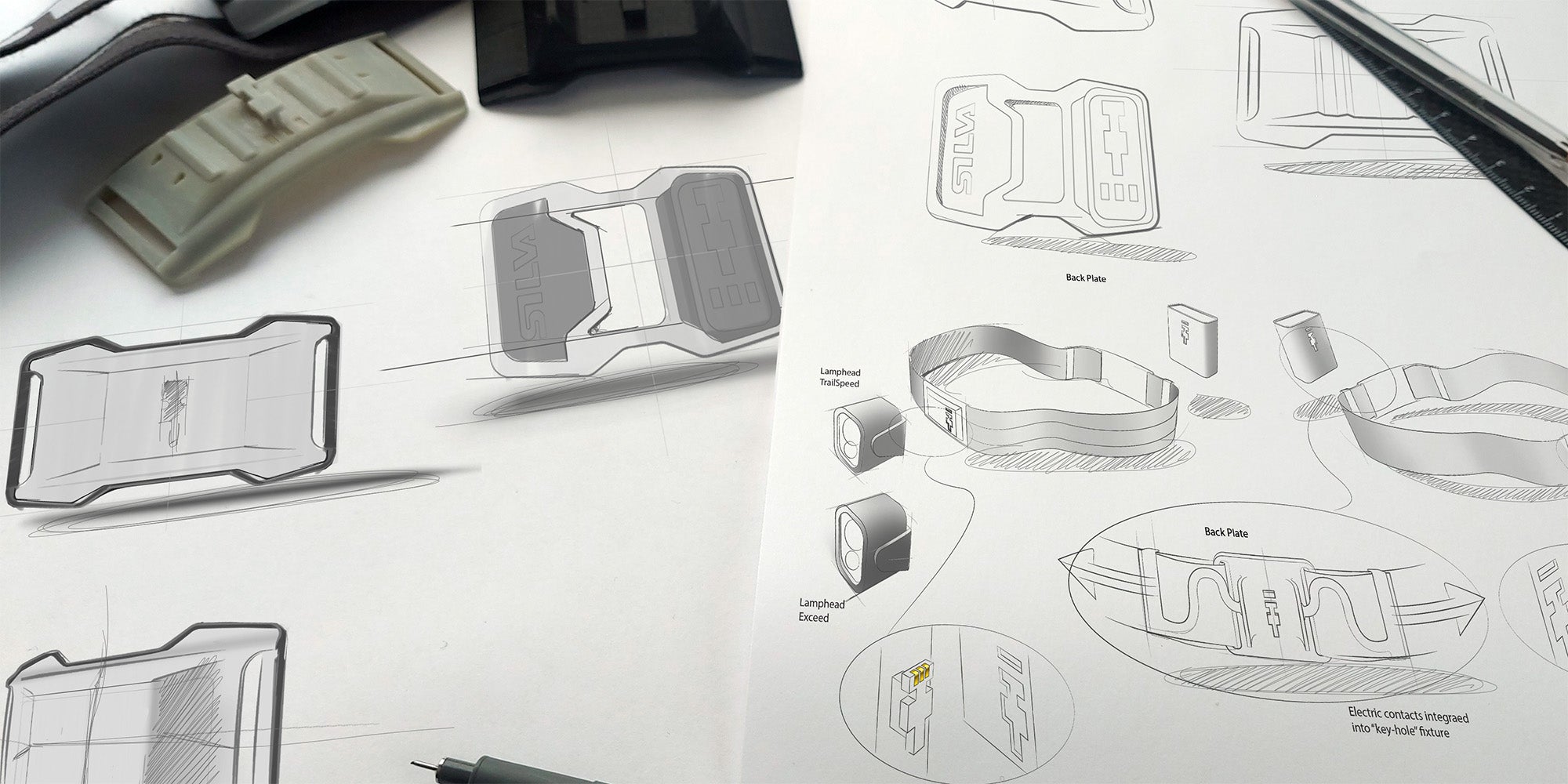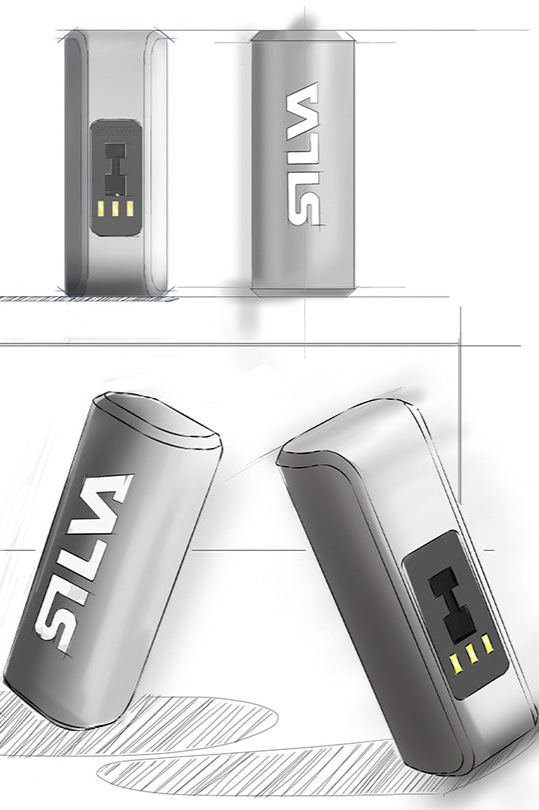Silva's sustainability work begins in the design department. We design products so that we as people can discover and enjoy nature more. Our basic philosophy is that our products should maintain high quality and last for a long time, but that is no longer sufficient as the only argument for sustainability. In today's consumer society, one of the main problems is that we as consumers buy a great many products that we never or rarely use.
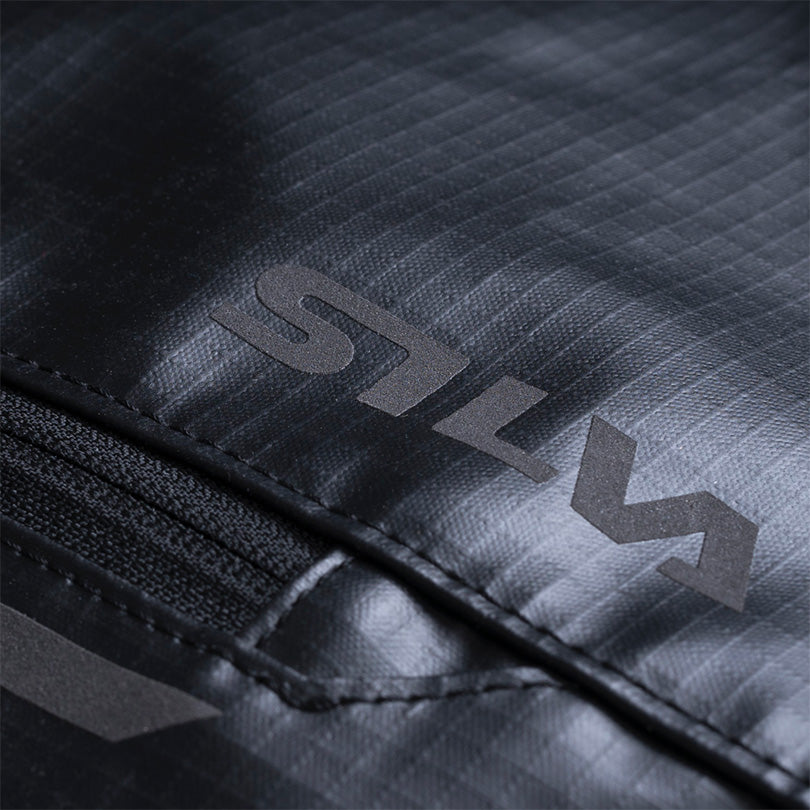
WHY THE DESIGN PHASE IS IMPORTANT
80% of our products' environmental impact during their life cycle is determined during the design phase*. We therefore need to change the way we work to create even more sustainable products that last over time. They should be designed to be repaired, easily resold, and ultimately recycled when they’ve done their job.
*Source: EU Eco Design Directive
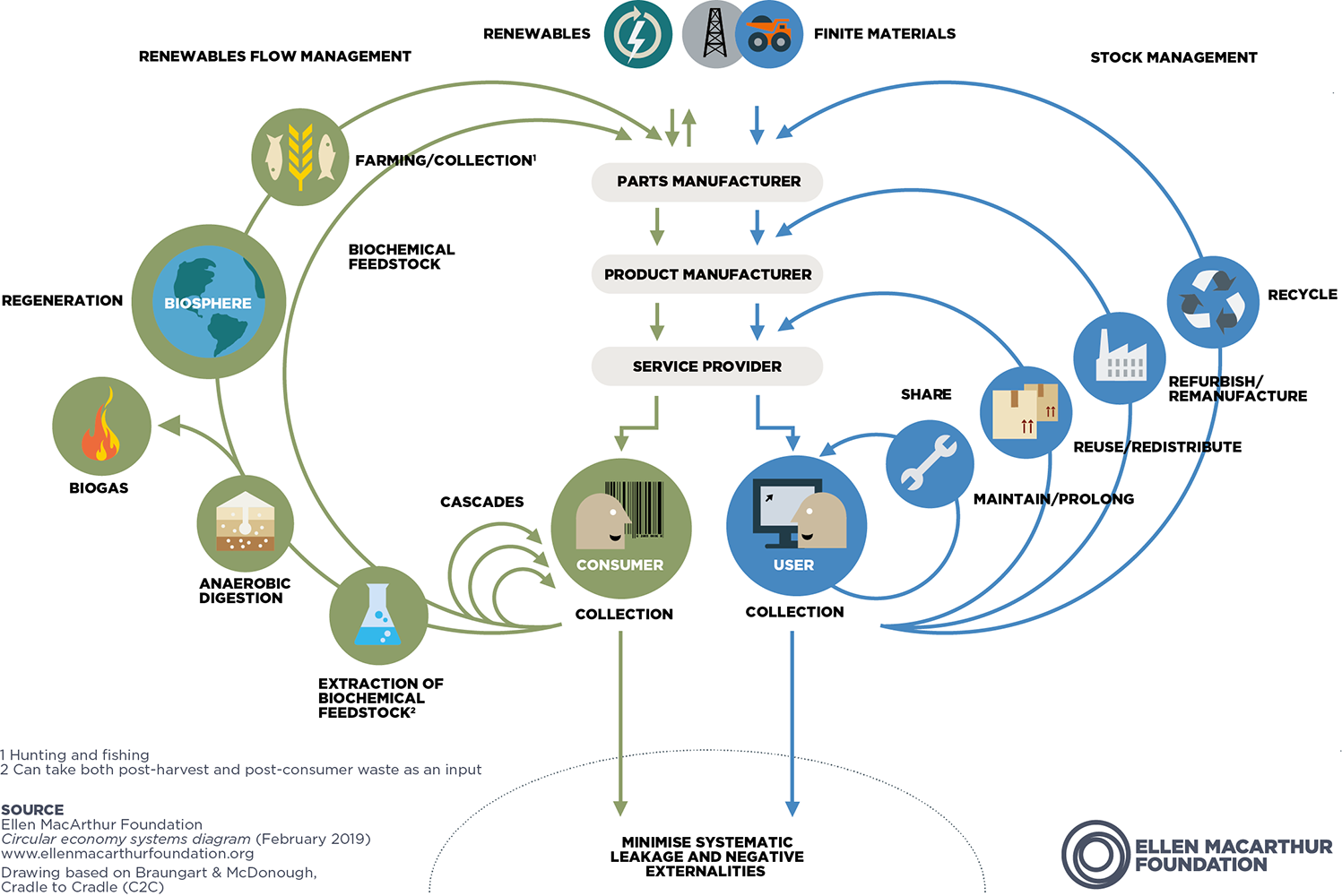
OUR GOAL 2030
We have set a goal that before 2030 all our products can be reused or recycled. As a first step, we are now developing new design guidelines that will be implemented in 2024. We have also started a number of initiatives to develop our design process, which you can read more about below.
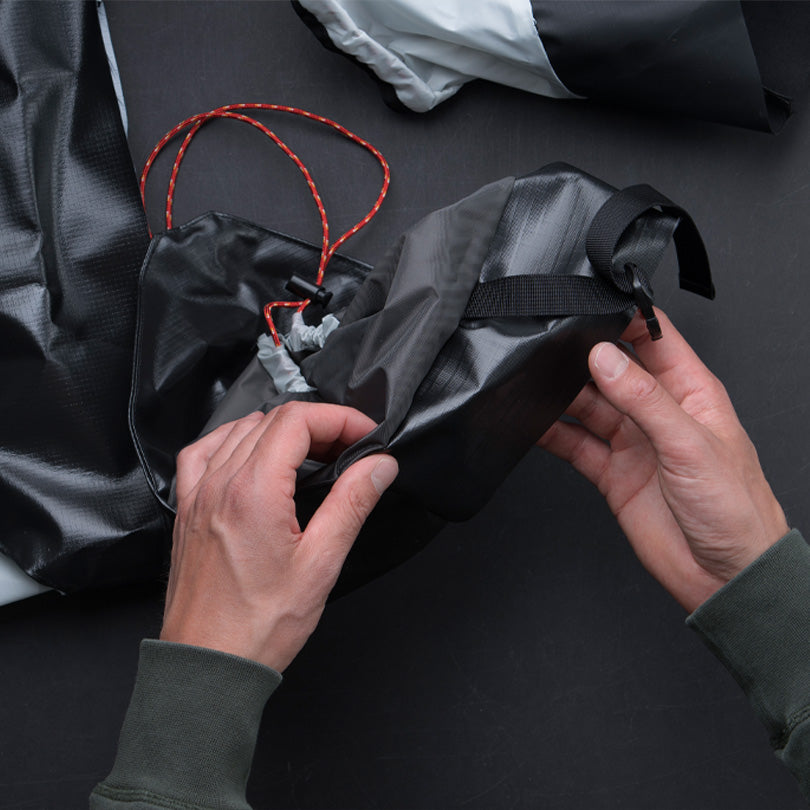
Design for Recycling and Reuse
Another important topic that currently has the highest priority is how we can design our products so that they can be disassembled at the end of their product life cycle, thus enabling the recycling or reuse of all components. In this area, we take help from experts from Stena Recycling.
WHY THE DESIGN PHASE IS IMPORTANT
80% of our products' environmental impact during their life cycle is determined during the design phase*. We therefore need to change the way we work to create even more sustainable products that last over time. They should be designed to be repaired, easily resold, and ultimately recycled when they’ve done their job.
*Source: EU Eco Design Directive
OUR GOAL 2030
We have set a goal that before 2030 all our products can be reused or recycled. As a first step, we are now developing new design guidelines that will be implemented in 2024. We have also started a number of initiatives to develop our design process, which you can read more about below.
Design for Recycling and Reuse
Another important topic that currently has the highest priority is how we can design our products so that they can be disassembled at the end of their product life cycle, thus enabling the recycling or reuse of all components. In this area, we take help from experts from Stena Recycling.



THERE IS ALWAYS MORE TO DISCOVER
Are you in the right place
Please select your store



